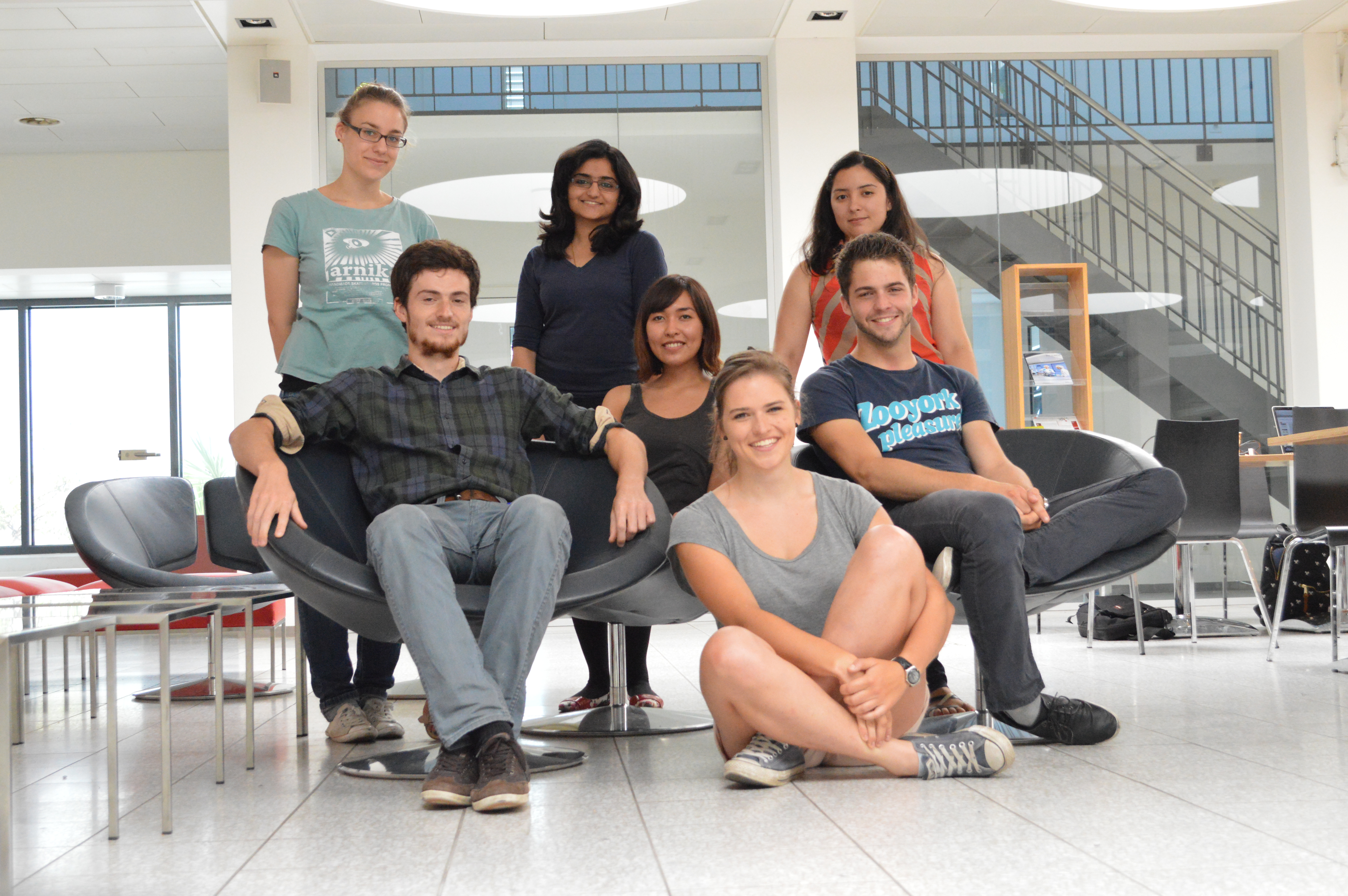Team:ETH Zurich
From 2013.igem.org
| Line 21: | Line 21: | ||
<map id="imagemap2" name="map"><area shape="poly" alt="" title="" coords="291,95,125,97,126,120,291,120,291,131,315,108,290,82,290,82" href="https://2013.igem.org/Team:ETH_Zurich/Experiments_2" target="" /><area shape="poly" alt="" title="" coords="577,163,547,171,524,205,525,250,543,288,573,299,607,284,624,250,625,211,611,182,591,164" href="https://2013.igem.org/Team:ETH_Zurich/Project" target="" /><area shape="poly" alt="" title="" coords="483,331,454,317,404,313,351,335,330,375,355,411,394,431,438,432,481,420,508,391,509,364,501,345,501,345" href="https://2013.igem.org/Team:ETH_Zurich/Experiments_3" target="" /><area shape="rect" alt="" title="" coords="225,261,358,286" href="https://2013.igem.org/Team:ETH_Zurich/Experiments_6" target="" /><area shape="circle" alt="phoa" title="PhoA" coords="116,340,19" href="https://2013.igem.org/Team:ETH_Zurich/Experiments_7" target="" /><area shape="circle" alt="GusA" title="GusA" coords="183,324,21" href="https://2013.igem.org/Team:ETH_Zurich/Experiments_7" target="" /><area shape="circle" alt="LacZ" title="LacZ" coords="158,365,22" href="https://2013.igem.org/Team:ETH_Zurich/Experiments_7" target="" /><area shape="circle" alt="LacZ" title="LacZ" coords="104,398,20" href="https://2013.igem.org/Team:ETH_Zurich/Experiments_7" target="" /><area shape="circle" alt="Aes" title="Aes" coords="189,414,22" href="https://2013.igem.org/Team:ETH_Zurich/Experiments_7" target="" /><!-- Created by Online Image Map Editor (http://www.maschek.hu/imagemap/index) --></map> | <map id="imagemap2" name="map"><area shape="poly" alt="" title="" coords="291,95,125,97,126,120,291,120,291,131,315,108,290,82,290,82" href="https://2013.igem.org/Team:ETH_Zurich/Experiments_2" target="" /><area shape="poly" alt="" title="" coords="577,163,547,171,524,205,525,250,543,288,573,299,607,284,624,250,625,211,611,182,591,164" href="https://2013.igem.org/Team:ETH_Zurich/Project" target="" /><area shape="poly" alt="" title="" coords="483,331,454,317,404,313,351,335,330,375,355,411,394,431,438,432,481,420,508,391,509,364,501,345,501,345" href="https://2013.igem.org/Team:ETH_Zurich/Experiments_3" target="" /><area shape="rect" alt="" title="" coords="225,261,358,286" href="https://2013.igem.org/Team:ETH_Zurich/Experiments_6" target="" /><area shape="circle" alt="phoa" title="PhoA" coords="116,340,19" href="https://2013.igem.org/Team:ETH_Zurich/Experiments_7" target="" /><area shape="circle" alt="GusA" title="GusA" coords="183,324,21" href="https://2013.igem.org/Team:ETH_Zurich/Experiments_7" target="" /><area shape="circle" alt="LacZ" title="LacZ" coords="158,365,22" href="https://2013.igem.org/Team:ETH_Zurich/Experiments_7" target="" /><area shape="circle" alt="LacZ" title="LacZ" coords="104,398,20" href="https://2013.igem.org/Team:ETH_Zurich/Experiments_7" target="" /><area shape="circle" alt="Aes" title="Aes" coords="189,414,22" href="https://2013.igem.org/Team:ETH_Zurich/Experiments_7" target="" /><!-- Created by Online Image Map Editor (http://www.maschek.hu/imagemap/index) --></map> | ||
| - | <p style="font-size:15px" align="justify"><b>Information Processing</b><br> Our non-mine cells are | + | <p style="font-size:15px" align="justify"><b>Information Processing</b><br> Our non-mine cells are designed to distinguish between different concentrations of AHL that helps translate this information into expression of different sets of hydrolases. They are equipped with mutated LuxR promoters with different AHL sensitivities which serve as highpass filters. The promoters were created using site-saturation mutagenesis. Through mutation of the LuxR binding sites the AHL affinities were tuned successfully.</p> |
</li> | </li> | ||
Revision as of 18:36, 16 September 2013
Colisweeper is an interactive, biological version of the Minesweeper computer game, based on luxI/luxR quorum sensing and chromogenic enzymatic reactions. The goal is to clear an agar “minefield” without detonating mines.
Genetically engineered Escherichia coli colonies are used as sender-cells (mines) and receiver-cells (non-mines). Mines secrete the signaling molecule N-(3-oxohexanoyl)-l-homoserine lactone (OHHL) whereas non-mines process the signal. To distinguish between OHHL-levels, a library of PLuxR promoters with various sensitivities was created through site-saturation mutagenesis. High-pass filters were constructed to control the expression of different orthogonal hydrolases in non-mines, depending on the number of surrounding mines.
Additionally, the mines express their own hydrolase.A spatiotemporal reaction-diffusion model was established to evaluate and improve the system. To play Colisweeper, a colorless substrate solution is pipetted onto a colony of choice. The result is a defined color change within minutes, allowing identification of the played colony and the number of mines surrounding it.
 "
"













